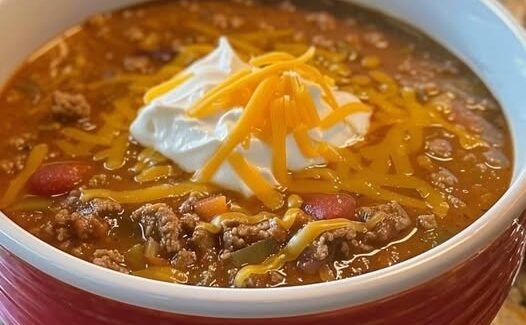You’re in the kitchen, cleaning out your pantry, and come across a can of soup stamped with “Best Before: Sep 14 2020.” Your instinct? Toss it straight into the trash. But wait — you might be wasting perfectly good food.
Many people misunderstand food labeling, especially the terms “Best By” or “Best Before.” Contrary to popular belief, these dates are not hard expiration dates. They are actually suggestions from the manufacturer about when the product will be at its peak quality, not when it becomes unsafe to eat.
So what does “Best Before” really mean?
“Best Before” simply indicates the timeframe during which the product is expected to taste its best. After this date, the food may lose flavor, texture, or nutritional value, but it is often still completely safe to consume — especially if the can is intact and has been stored properly.
In fact, canned goods can remain edible for years past the “Best Before” date. According to food safety experts and even the USDA, as long as the can isn’t rusted, swollen, or damaged, the food inside is typically still safe to eat.
What you should actually check for:











